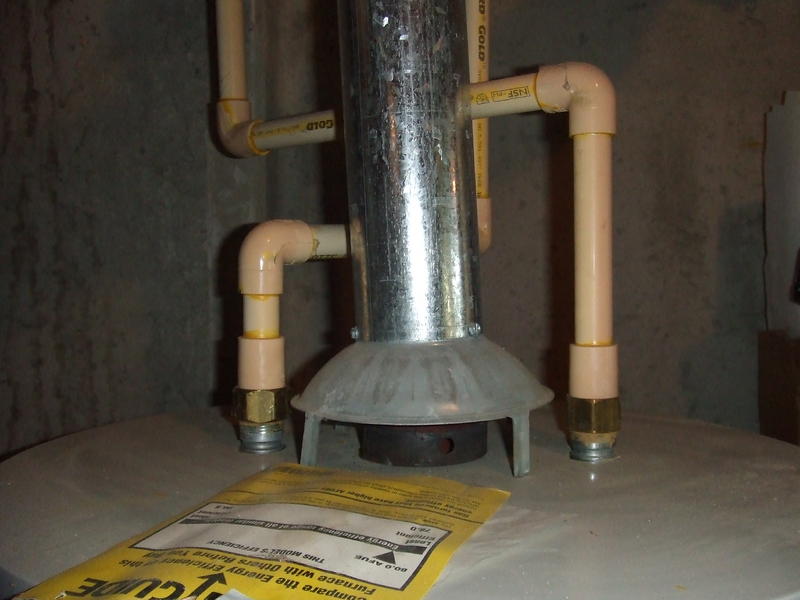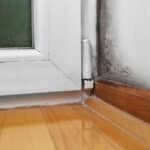When it comes to plumbing systems, proper installation is key to ensuring longevity, efficiency, and safety. One crucial aspect of plumbing installation is the positioning of CPVC (Chlorinated Polyvinyl Chloride) water pipes in relation to water heater units. While CPVC pipes are known for their durability and versatility, it is essential to adhere to specific guidelines to prevent potential damage and ensure the safety of your plumbing system. In this article, Tennessee Inspection Services sheds light on why CPVC water pipes shouldn’t be installed within 18 inches of a water heater unit, highlighting the risks associated with proximity to the heat emanating from the flue.
Understanding CPVC Pipes and Their Advantages
CPVC pipes have gained popularity in residential and commercial plumbing systems due to their numerous advantages. These pipes are highly resistant to corrosion, scale buildup, and chemical degradation, making them a reliable choice for transporting both hot and cold water. Additionally, CPVC pipes are relatively easy to install, lightweight, and cost-effective, making them a preferred option for modern plumbing installations.
The Heat Challenge: Flue and CPVC Pipes
One of the critical factors to consider when installing CPVC pipes is their proximity to heat sources, particularly water heater units. Water heaters utilize a flue to expel combustion gases, generating high temperatures that can potentially damage nearby materials. CPVC pipes, while durable, have temperature limitations that must be respected to ensure their optimal performance and prevent structural compromise.
CPVC Pipe Temperature Tolerance
CPVC pipes typically have a temperature tolerance range of approximately 180°F (82°C) under normal operating conditions. However, when subjected to temperatures beyond this threshold, CPVC pipes can begin to soften, deform, or even fail. This is particularly concerning when CPVC pipes are installed within 18 inches of a water heater unit’s flue, which can generate temperatures well above the recommended limit.
The Dangers of Proximity
Installing CPVC pipes too close to a water heater unit can expose them to excessive heat, leading to a range of potential issues:
- Pipe Deformation and Failure: Prolonged exposure to high temperatures can cause CPVC pipes to soften and deform, leading to restrictions in water flow, leaks, or even pipe bursts.
- Chemical Degradation: Elevated temperatures can accelerate the breakdown of the CPVC material, resulting in a reduction of its chemical resistance and overall structural integrity.
- Health and Safety Concerns: If CPVC pipes fail due to excessive heat exposure, it can lead to water leaks and potential water damage. Moreover, the release of hot water from a compromised pipe could pose scalding risks to occupants.
- Costly Repairs: Addressing issues arising from improperly installed CPVC pipes can result in significant repair costs, including pipe replacement, water damage restoration, and potential damage to other components of the plumbing system.
Proper Installation Guidelines
To ensure the longevity and safety of your plumbing system, it is imperative to follow proper installation guidelines for CPVC pipes in relation to water heater units:
- Maintain Distance: CPVC pipes should be installed at a safe distance from the water heater unit, typically at least 18 inches away from the flue.
- Insulation: When installing a gas water heater, it’s key to copper for the first 18″ then you can transition into CPVC.
- Consult Professionals: It is strongly recommended to enlist the expertise of qualified plumbing professionals who understand the nuances of CPVC pipe installation and can ensure compliance with safety guidelines.
Conclusion
When it comes to plumbing installations, knowledge is power. Understanding the potential risks associated with improper CPVC pipe installation near water heater units can help you make informed decisions to protect your plumbing system and the safety of your home. By adhering to recommended installation guidelines and consulting with qualified professionals like Tennessee Inspection Services, you can enjoy the benefits of a robust and reliable plumbing system that stands the test of time.
Remember, the choice to install CPVC pipes within 18 inches of a water heater unit is not just about complying with regulations; it’s about safeguarding your investment, enhancing efficiency, and ensuring the well-being of your household. Prioritize proper installation to prevent unnecessary headaches and expenses down the line. Your plumbing system will thank you for it.






